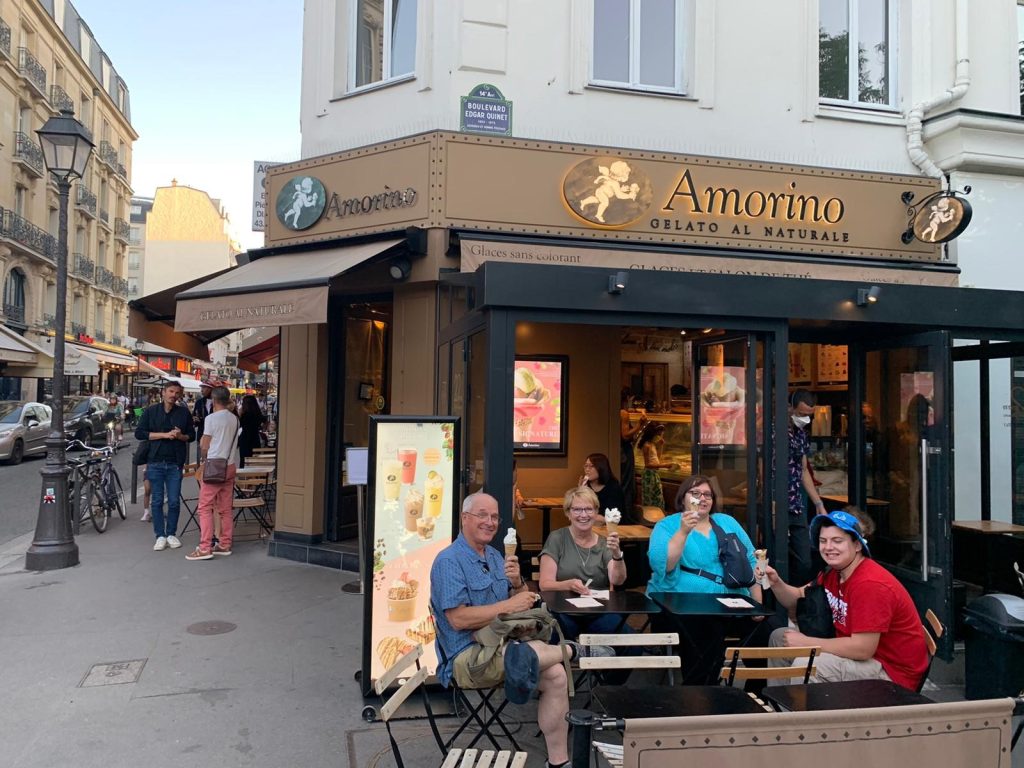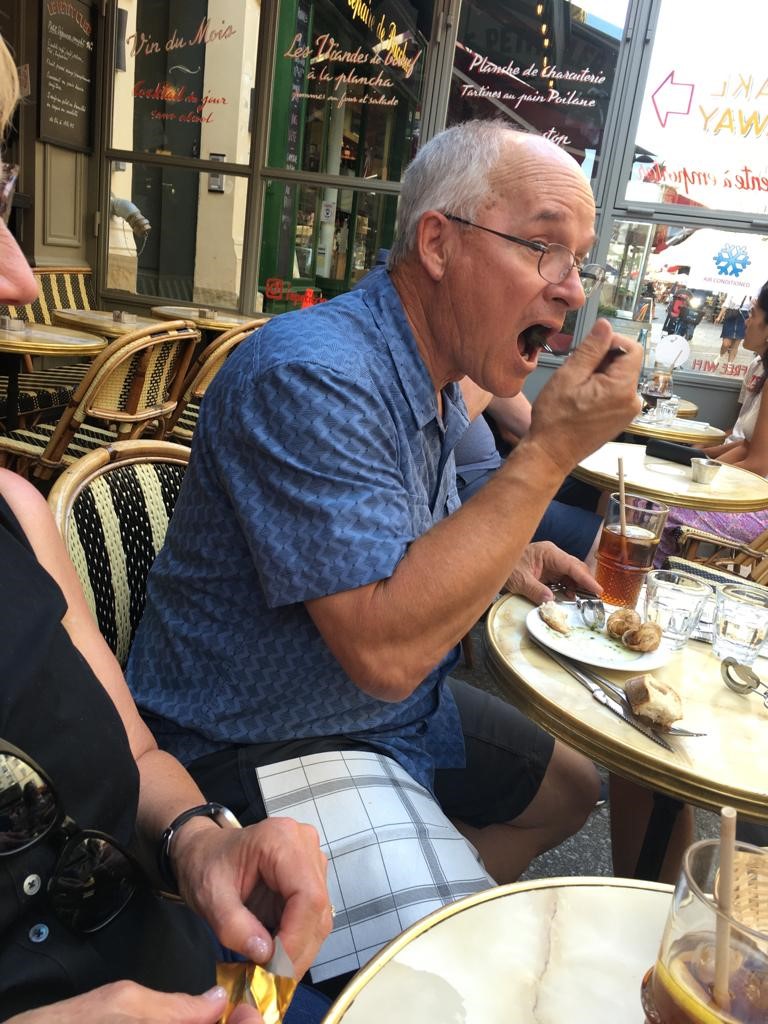Summer 2022 Alumni Tour #2, France and Catching Up after COVID
Summer 2022 Alumni Tour #2, France and Catching Up after COVID
The second tour we took in 2022, France, had been a long time in planning, replanning, and final planning. It was originally scheduled for 2020 and was delayed twice. Some of those who finally stepped off a plane at Charles de Gaulle airport in July of 2022 had originally signed on in 2019. About forty alums, family and friends had been part of the group at one time or another, but only twenty-one continued through it all to enjoy Paris, Normandy, and the Loire Valley.
Our first city was Paris, the most visited city in Europe so the various reports of travel destinations report. Notre Dame Cathedral was and is still under repair, so we made sure that we had group tickets (thus avoiding long lines) for Sainte-Chappelle, the chapel Louis IX, St. Louis, had constructed in the mid-1200s to keep the Crown of Thorns warn by Jesus along with other relics which he bought from the Byzantine emperor. The windows, painting, and other artworks which have been beautifully preserved are a fitting introduction to a tour.
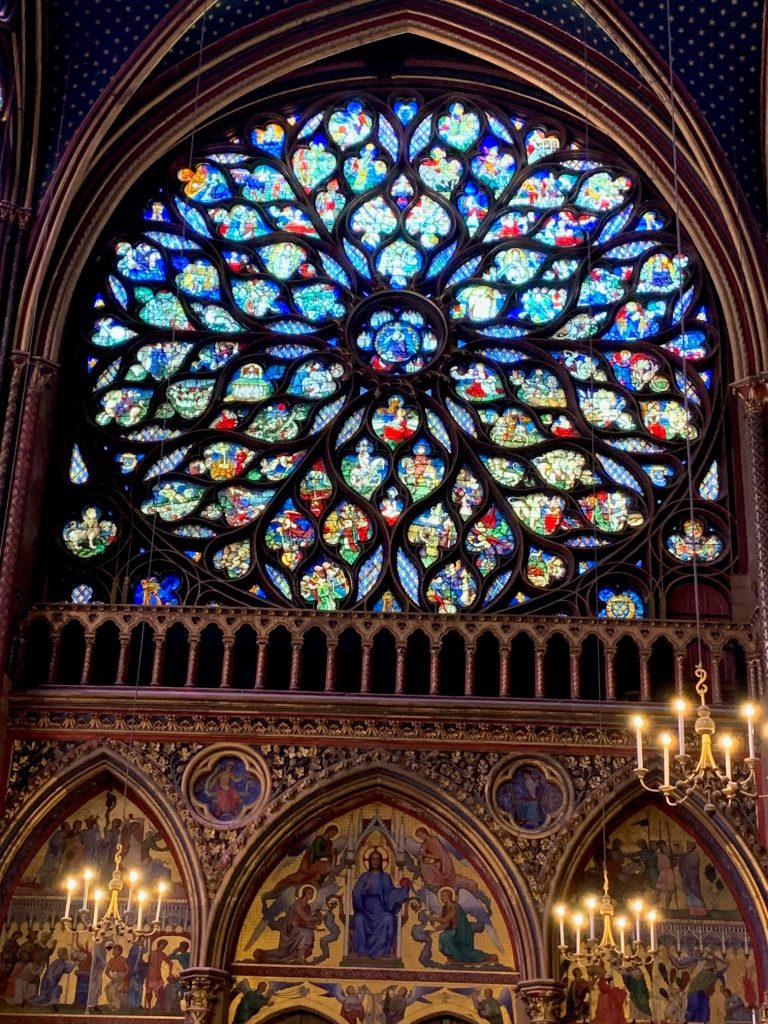

We purposely planned little for three days in Paris, to allow lots of free time for everyone to do whatever they wanted—the Louvre, Orsay museum, Eiffel Tower, Arc de Triomphe, Champs-Elysees, Pantheon, Latin Quarter, Sacre Coeur—and someone among us got to each of them, even to Euro Disney. Together we visited Versailles, before we headed north and west out of Paris.
Our first stop was Giverny, the home, gardens, and studio of the twentieth-century painter Monet. If you are ever in Paris, take the time to visit. The best way to explain it is with a picture.
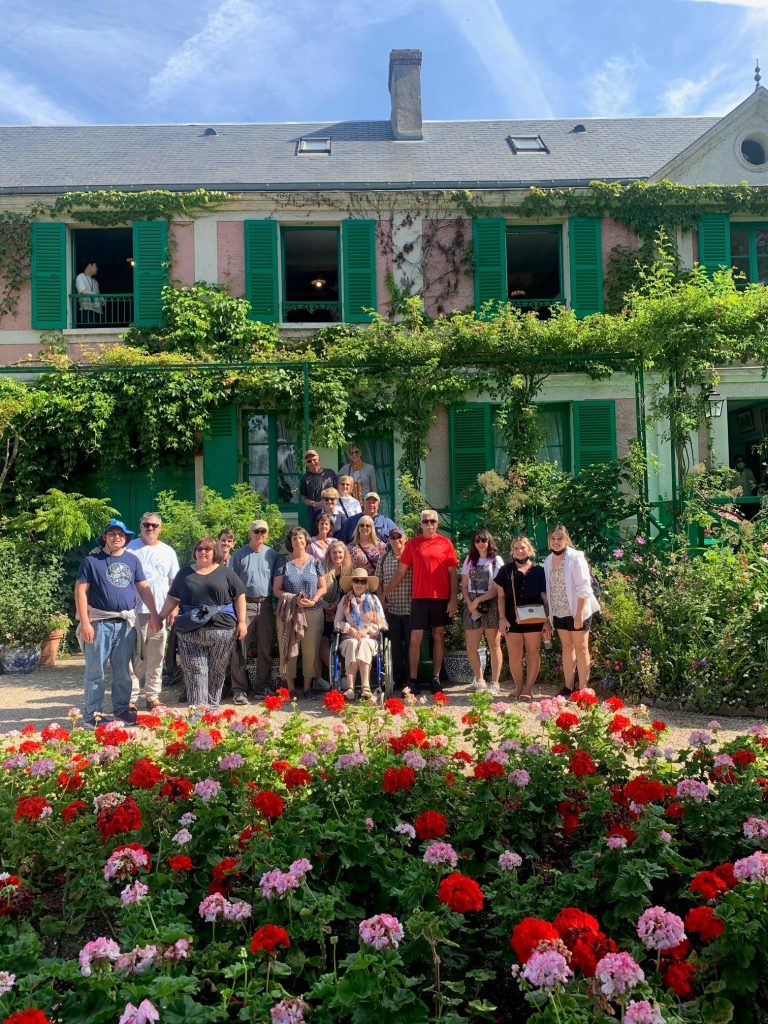


Next, we were off to Rouen where Joan of Arc met her end at the hands of the English and was a city of early French Protestantism. From its medieval streets we went to the harbor city of Honfleur for more, and then toward Normandy. Normandy almost requires silence during a visit, and everyone seems to instinctively understand. We visited the American Cemetery, looked out over the beaches, walked past the gun emplacements, saw the bomb-created craters still on the top of the hills, and thought unspeakable prayers.
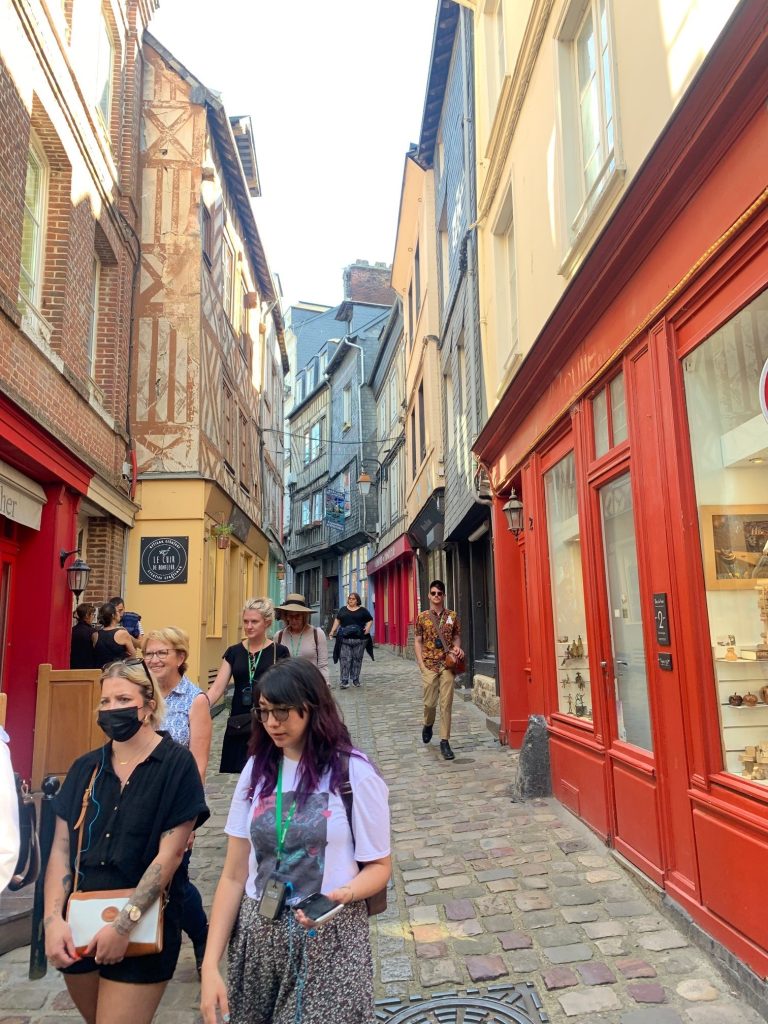
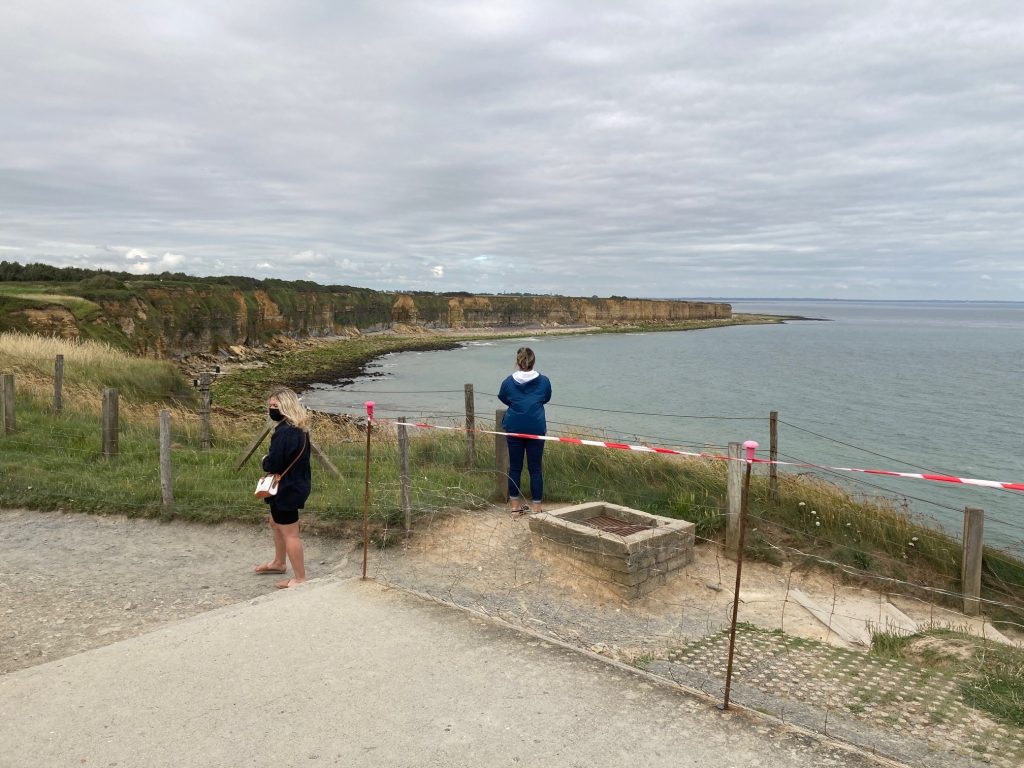
From Normandy we traveled to the island monastery of Mont Saint-Michel. Along the way we stopped to view the Bayeux Tapestry. We had a contest to find unique depictions along its 200+ feet of embroidered story and take a picture of them. I learned only later from our tour guide that no pictures were allowed.
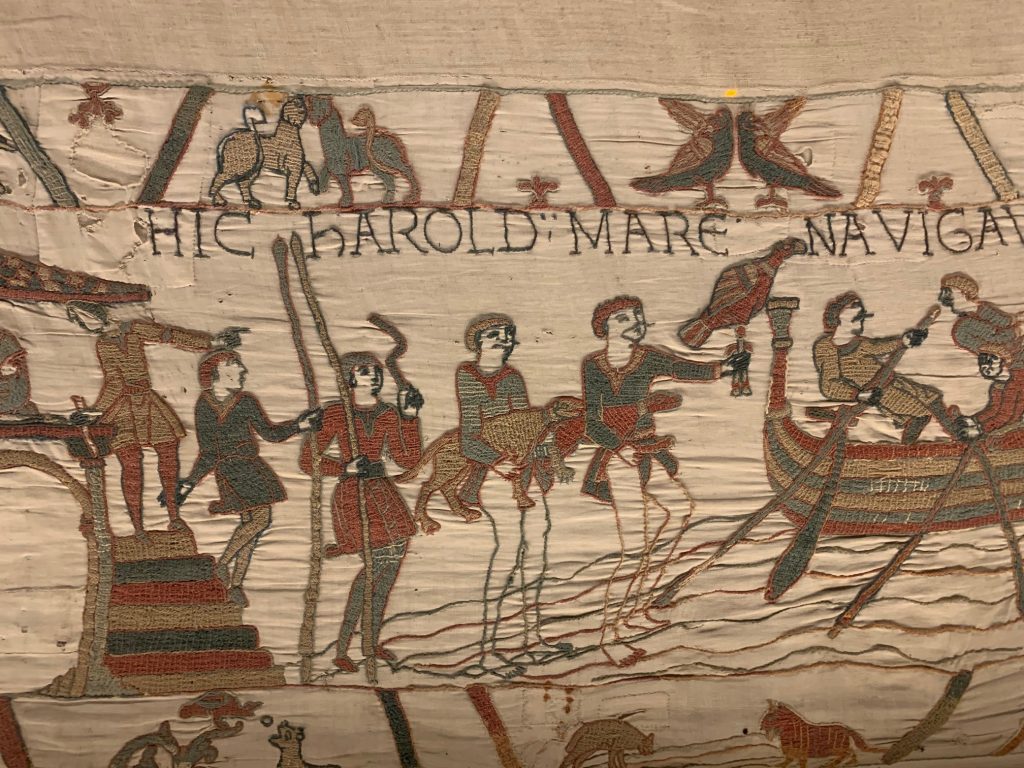
The walk up to Mont Saint-Michel from the landing through the winding streets of tourist memorabilia, cafes, and odd little museums was not unlike what a medieval pilgrim might have experienced on their way to the holy site. This had special relevance for me personally, not just because it was a medieval site I had wanted to visit. Seventeen years earlier we have visited the site on a trip with our son’s high school French club and class, only to arrive at the door, at the top of the mount, to see a small sign posted there—closed due to strike by French monument workers. Once again, a picture tells the story.
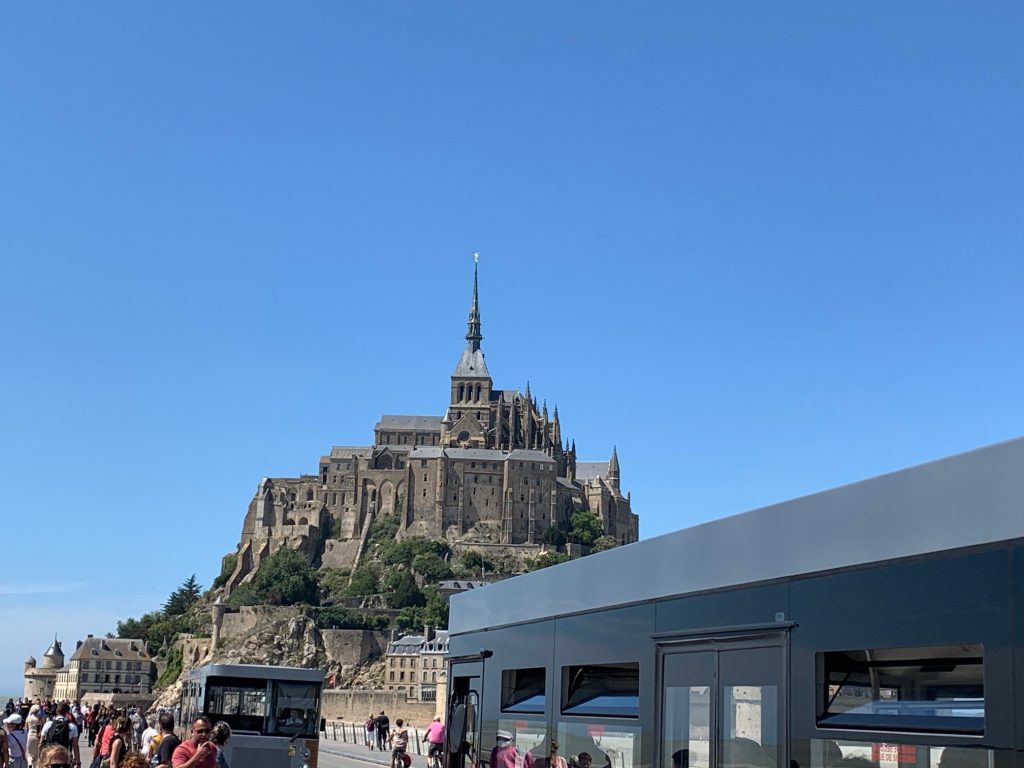

Our next stop was a couple of days in the old, walled city of St. Malo, another port city and home of French explorer of now Canada, Jacques Cartier, and unnamed pirates and privateers who harassed other nations’ fleets for France. We walked the walls, explored monuments and churches, and the shops and restaurants. St. Malo is now a vacation destination for Parisians.
After our rest in St. Malo, we headed back east and south for the Loire Vally and Tours, an old historic city (back to the 500s and before), where we had cooking lessons (in France, of course cooking lessons), and from with we visited three Chateaux. Two of the most popular we saw are Chenanceaux and Chambord, both the hunting and vacation castles for French monarchs. The third was much smaller, the home provided to Leonardo da Vinci by king Francis I, Chateau du Clos Luce in Amboise. Here we walked the gardens, saw an exhibit of paintings, particularly one of St. Jerome from the ancient church, and mock-ups of da Vinci’s various imaginative inventions.

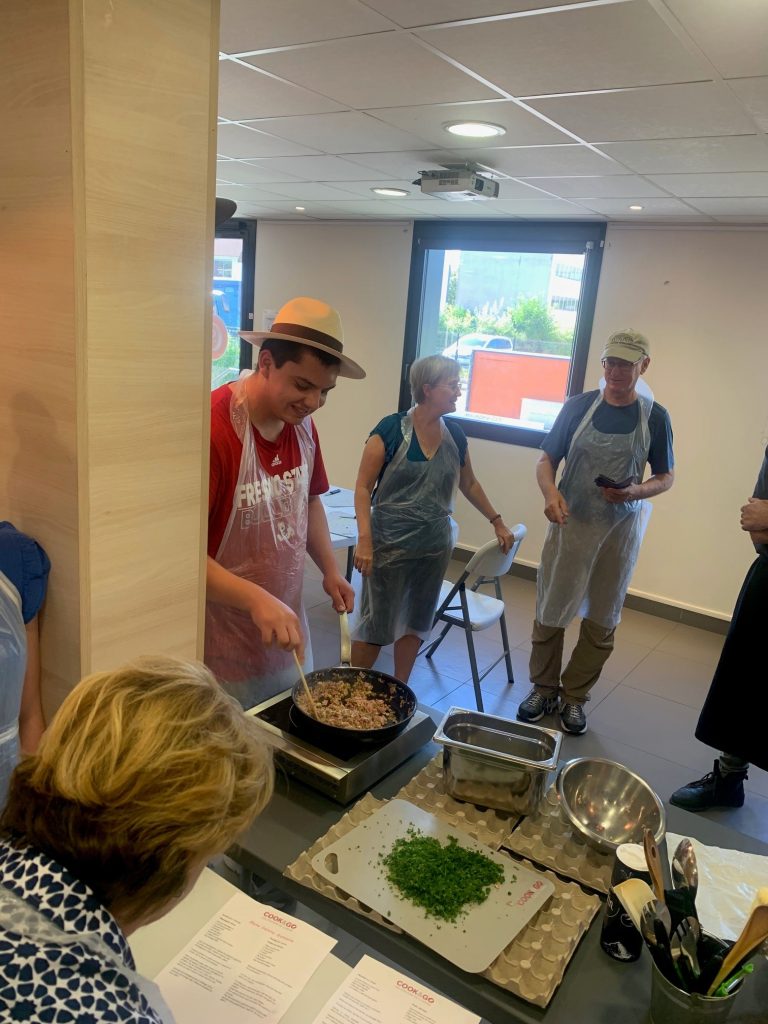
For our last two days we headed to Paris stopping at Chartres Cathedral, one of the best-preserved Gothic cathedrals in Europe. Gothic was invented in France, at the Abbey Sainte-Denis, now Basilica Saint-Denis in a northern suburb of Paris. This was another of those stops we specially programmed, one that shouldn’t be missed. The stained glass, and other statuary survived modern wars and the French Revolution. One later medieval edition tells the story of the life of Christ in carved scenes circling the choir. Take more than the time the tour books recommend when you go and take one of the tours to get you started. Sorry, this is all the history professor speaking.

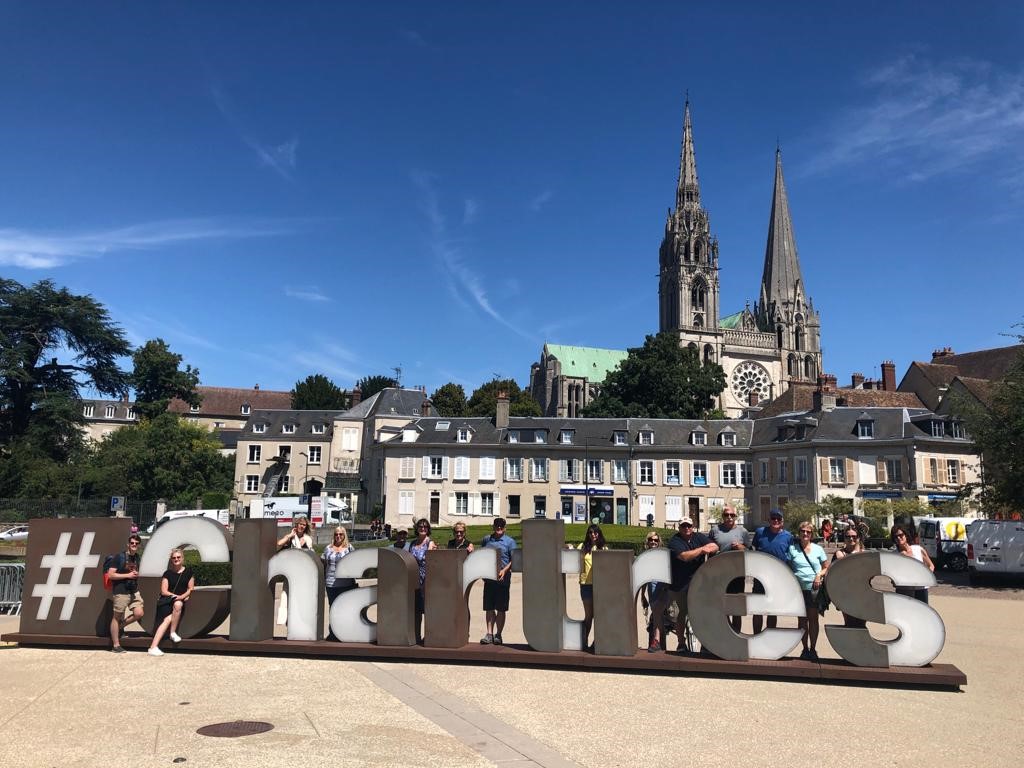
Our last day in Paris was a free day. Our hotel while in Paris was in the Montparnasse district, with lots of cafes with street seating, easy walking to the Metro, and to places like the Pantheon and the Luxemburg Gardens. We discovered there Amorino Gelato which we visited regularly with several of our fellow travelers, even late at night after a long day. And if you are ever in France, make sure you try the escargot.
